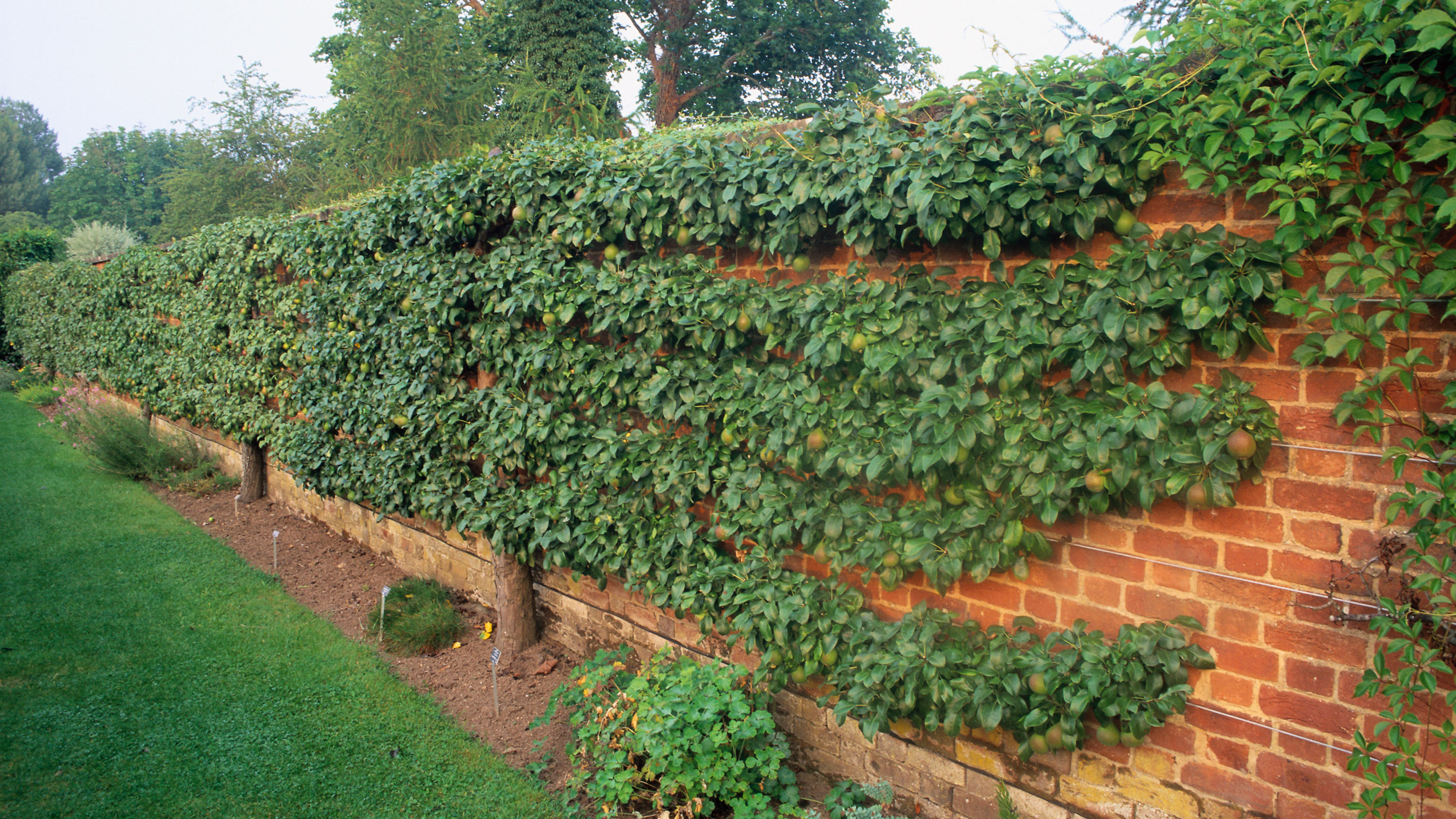What is a party wall? Plus what to know before carrying out building work
Just what is a party wall? We explain how to identify one so that you know when you might need to inform your neighbours of any alterations you plan on making

You have no doubt heard of the term but exactly what is a party wall and why is it important that you know about them?
The subject of party walls usually tends to come up when working out whether you will require a party wall agreement to build an extension, make alterations externally or convert a loft, and will most commonly affect owners of terraced or semi-detached houses.
It is essential that you know when you are dealing with a party wall to avoid running into disputes with the owners of any adjoining properties or run into trouble legally. Getting to grips with this type of structure could also be something you are very pleased you did when it comes to selling your property on in the future, too.
What is a party wall?
Quite simply, a party wall is a wall that stands on the boundary between two or more properties and separates the two. The best examples of party walls are those that are shared by adjoining terraced houses or semi-detached homes. Party walls are typically owned by both property owners.
However, the term doesn't just extend to walls — party structures, for instance, can refer to floors between properties, such as flats.

What is a party structure?
A party structure is a part of a building that separates it from other spaces in the same property — for example, the floors or ceilings between flats or apartments.
What is a party fence wall?
You may also come across the term 'party fence wall'. This refers to a wall that straddles the boundary between two pieces of land or a garden. A party fence wall does not form the part of any building.
Wooden fences and hedges are not classed as party fence walls.

Why do I need to know what a party wall is?
Should you want to carry out any alterations or building work that will alter or be near a party wall, you must inform the neighbours you share the wall with and make sure you understand how the Party Wall Act will affect you.
The most common way of doing this is by serving those neighbours that you share walls with with a Party Wall Notice, something you can do anywhere between two months and a year before of starting any work.
While it is a good idea to chat to your neighbours about your plans, you will also need to write to them and include your contact details, a full run down of the planned work, the date work will commence and include any other relevant details, such as access requirements. It will also be useful if you can provide them with a link to the section on the Government's website that explains more about party walls and building work.
Get the Homebuilding & Renovating Newsletter
Bring your dream home to life with expert advice, how to guides and design inspiration. Sign up for our newsletter and get two free tickets to a Homebuilding & Renovating Show near you.
Natasha was Homebuilding & Renovating’s Associate Content Editor and was a member of the Homebuilding team for over two decades. In her role on Homebuilding & Renovating she imparted her knowledge on a wide range of renovation topics, from window condensation to renovating bathrooms, to removing walls and adding an extension. She continues to write for Homebuilding on these topics, and more. An experienced journalist and renovation expert, she also writes for a number of other homes titles, including Homes & Gardens and Ideal Homes. Over the years Natasha has renovated and carried out a side extension to a Victorian terrace. She is currently living in the rural Edwardian cottage she renovated and extended on a largely DIY basis, living on site for the duration of the project.

